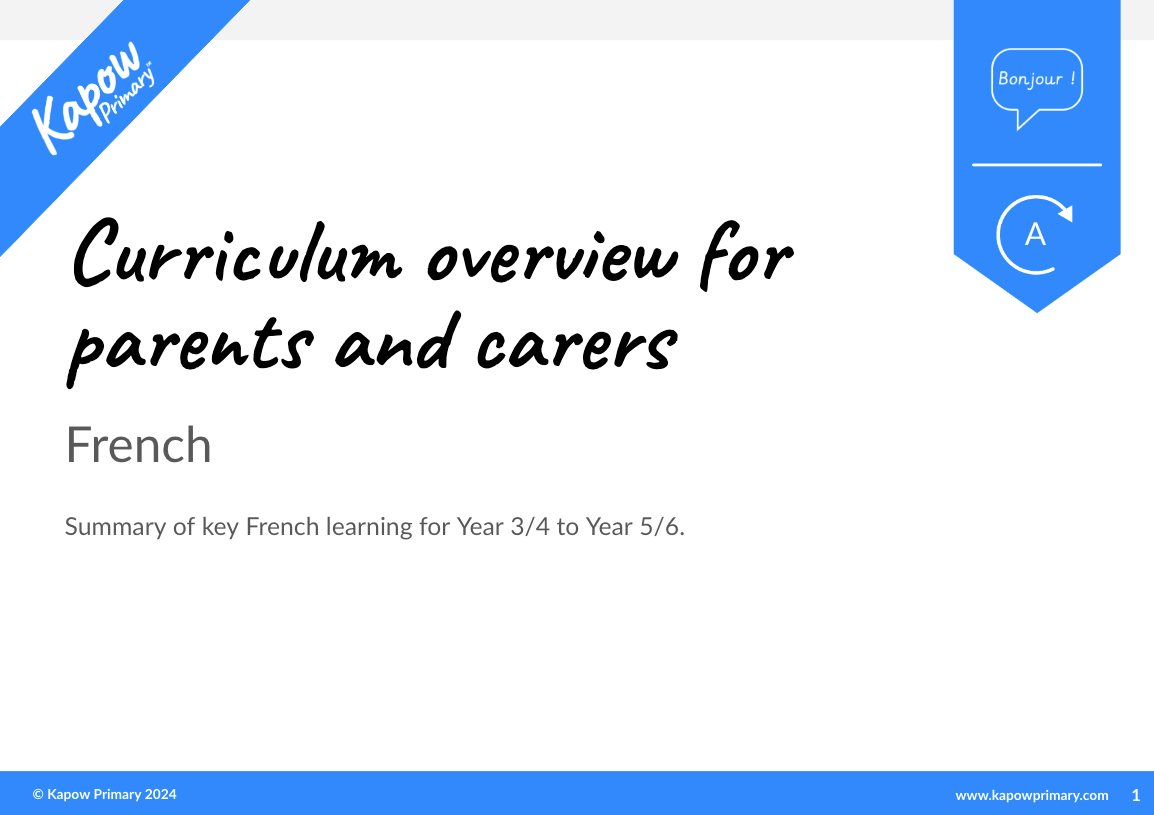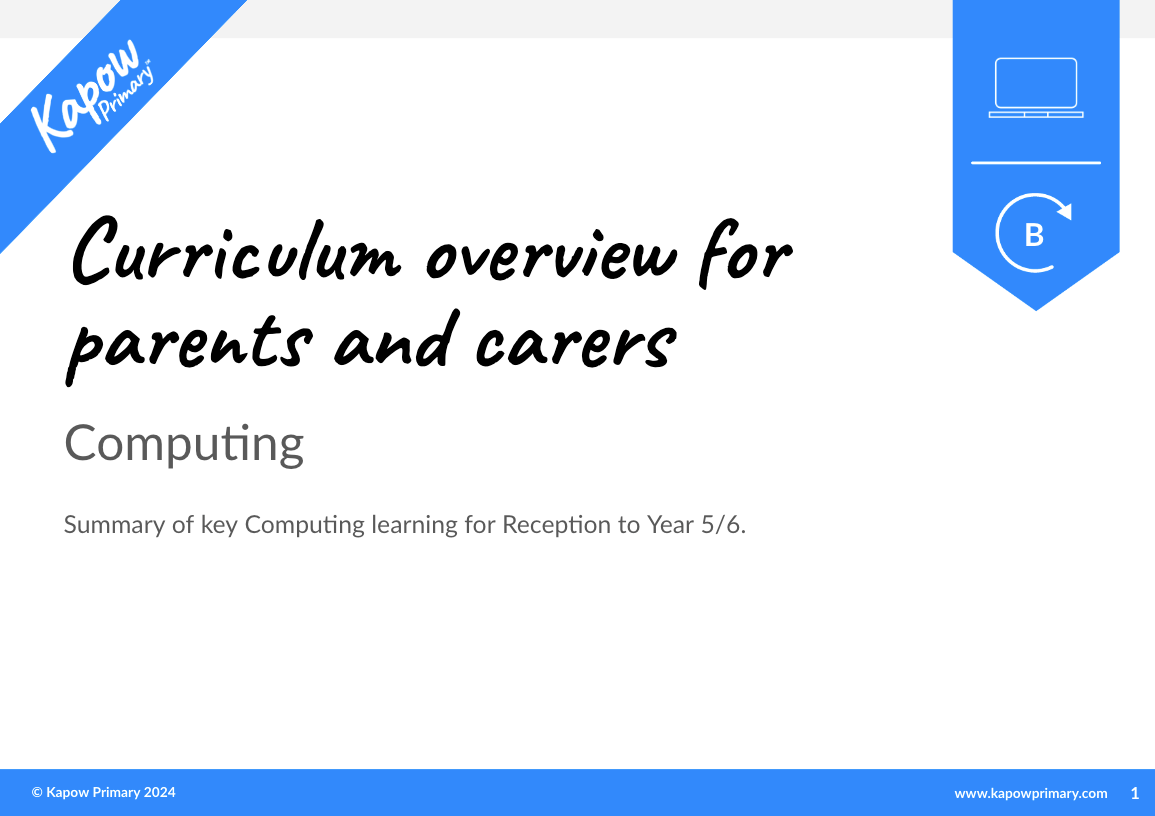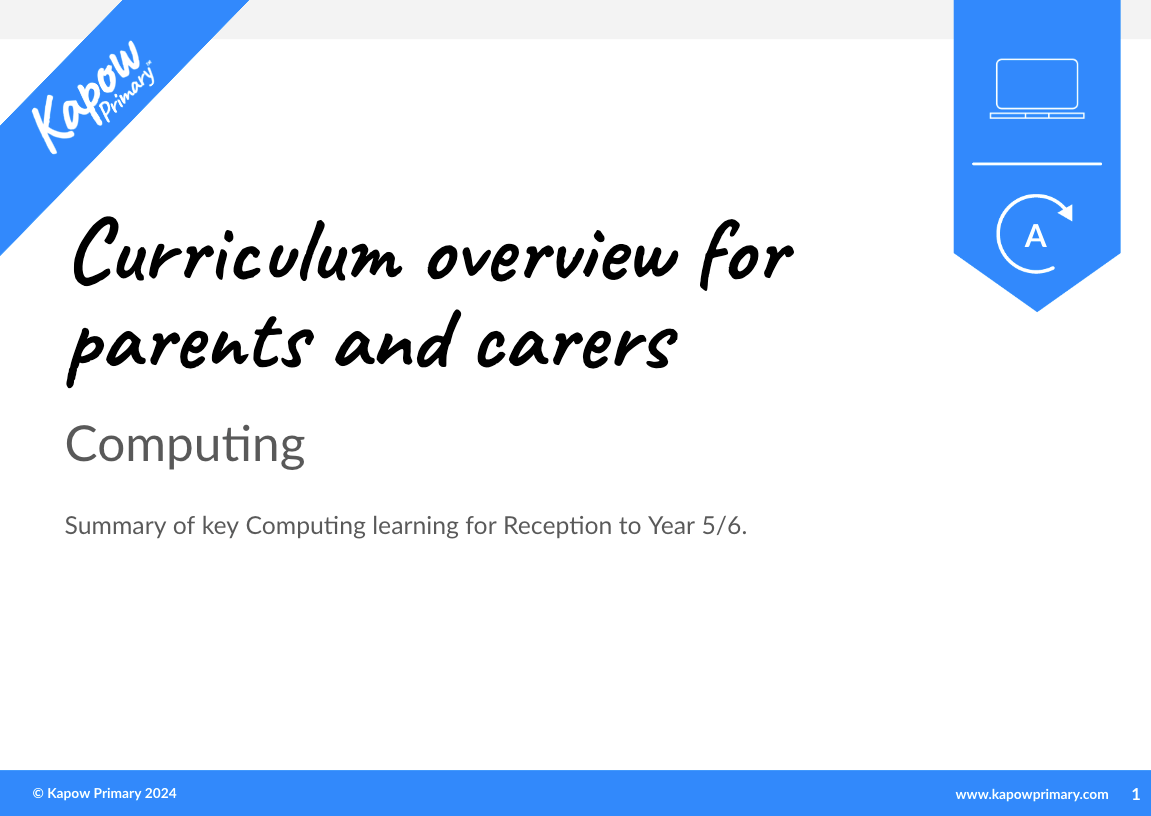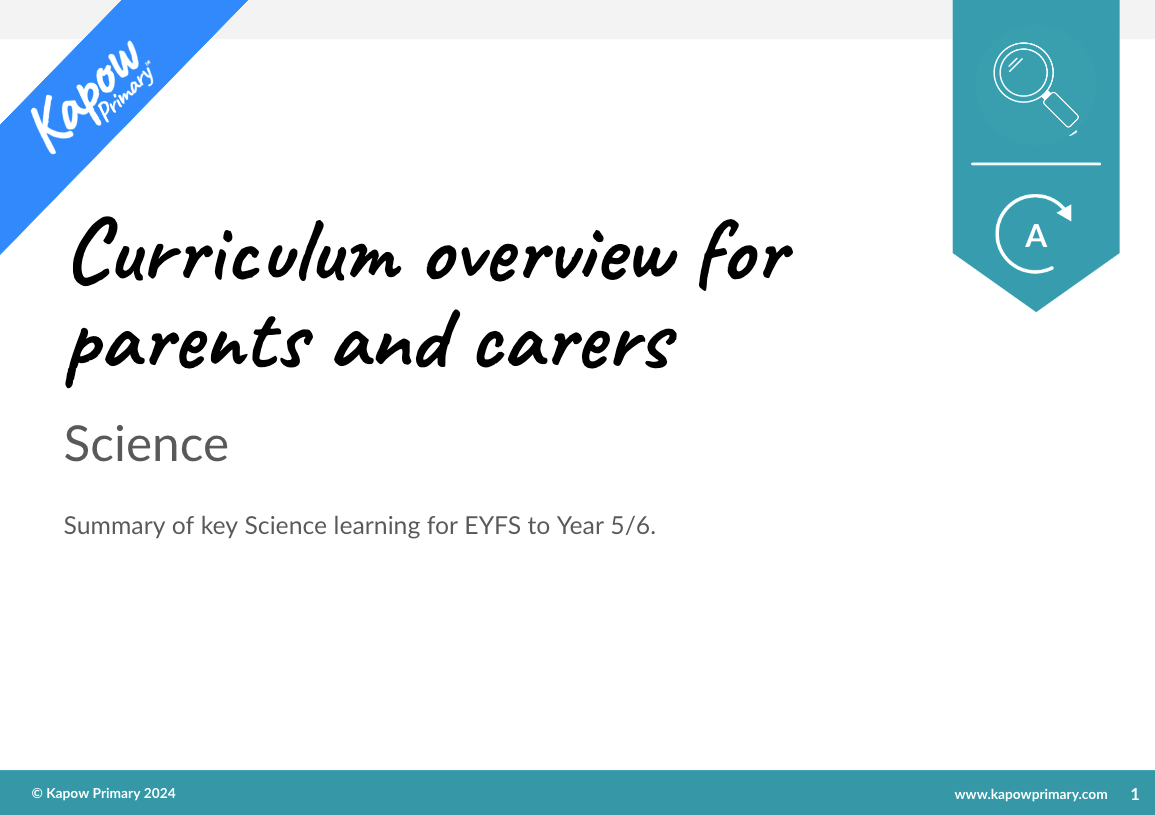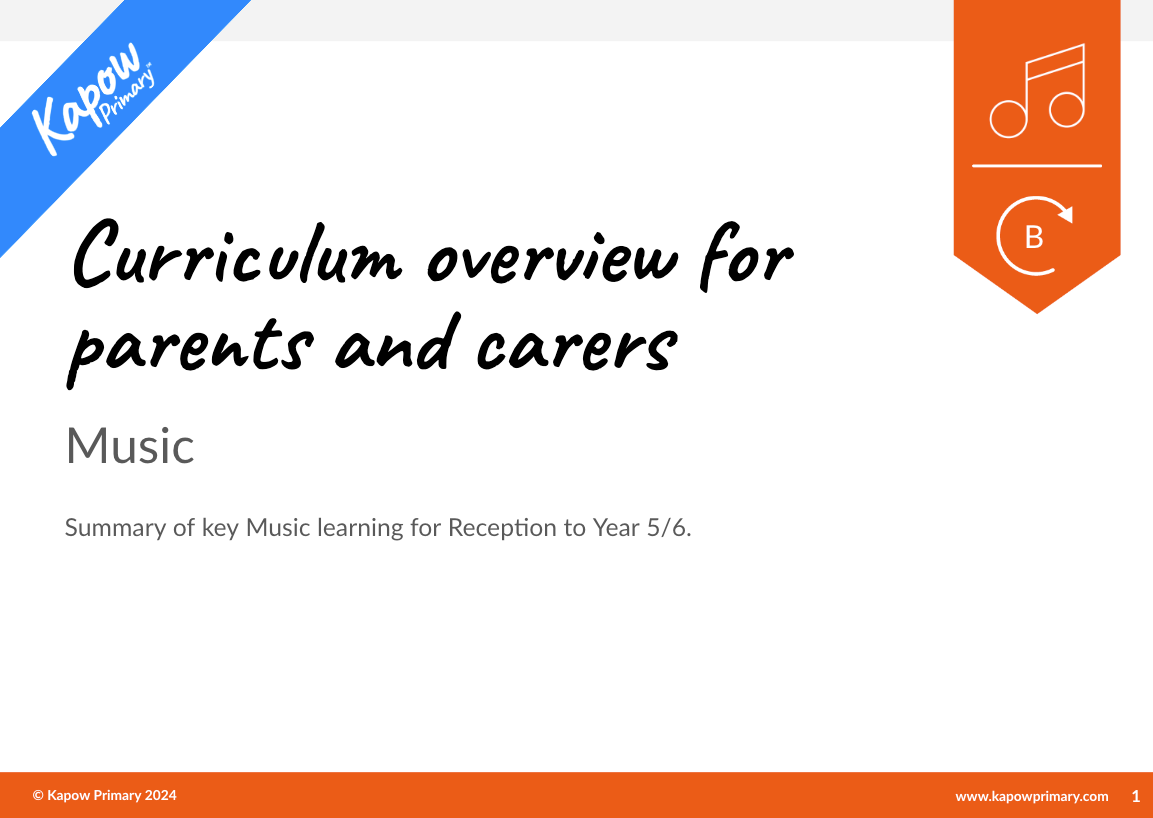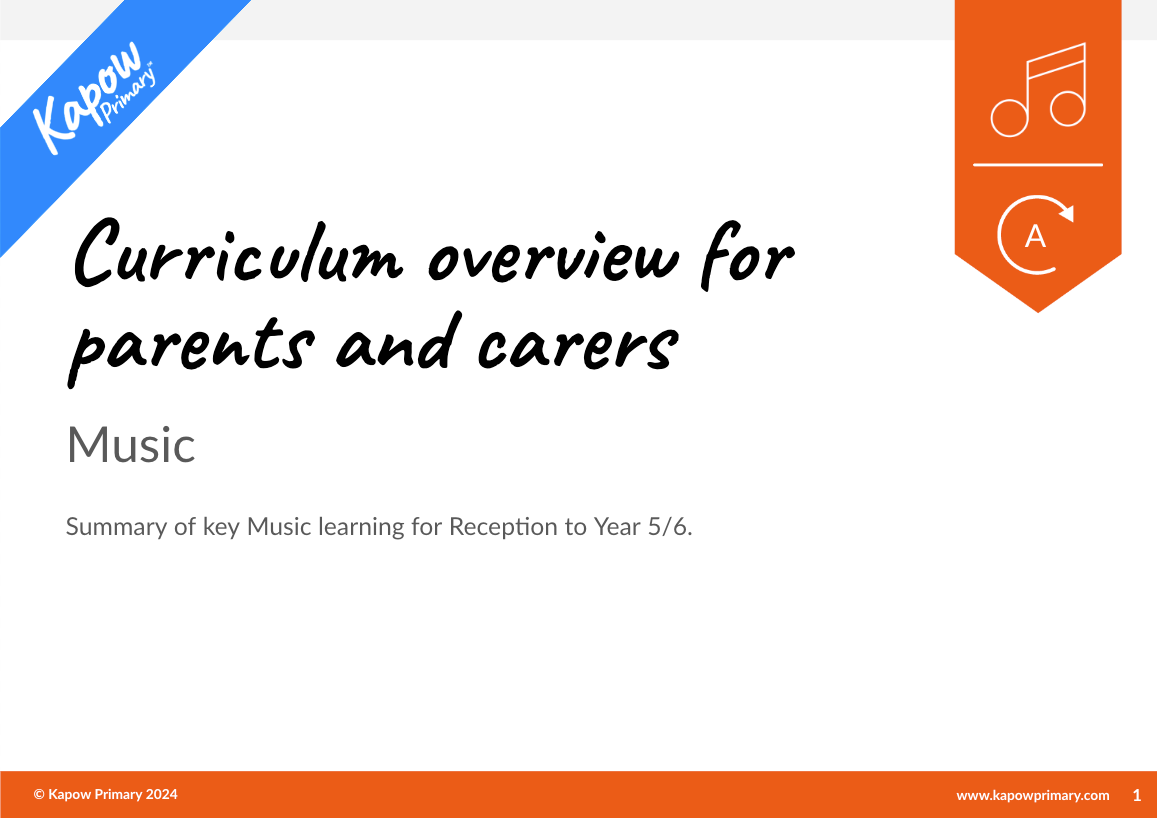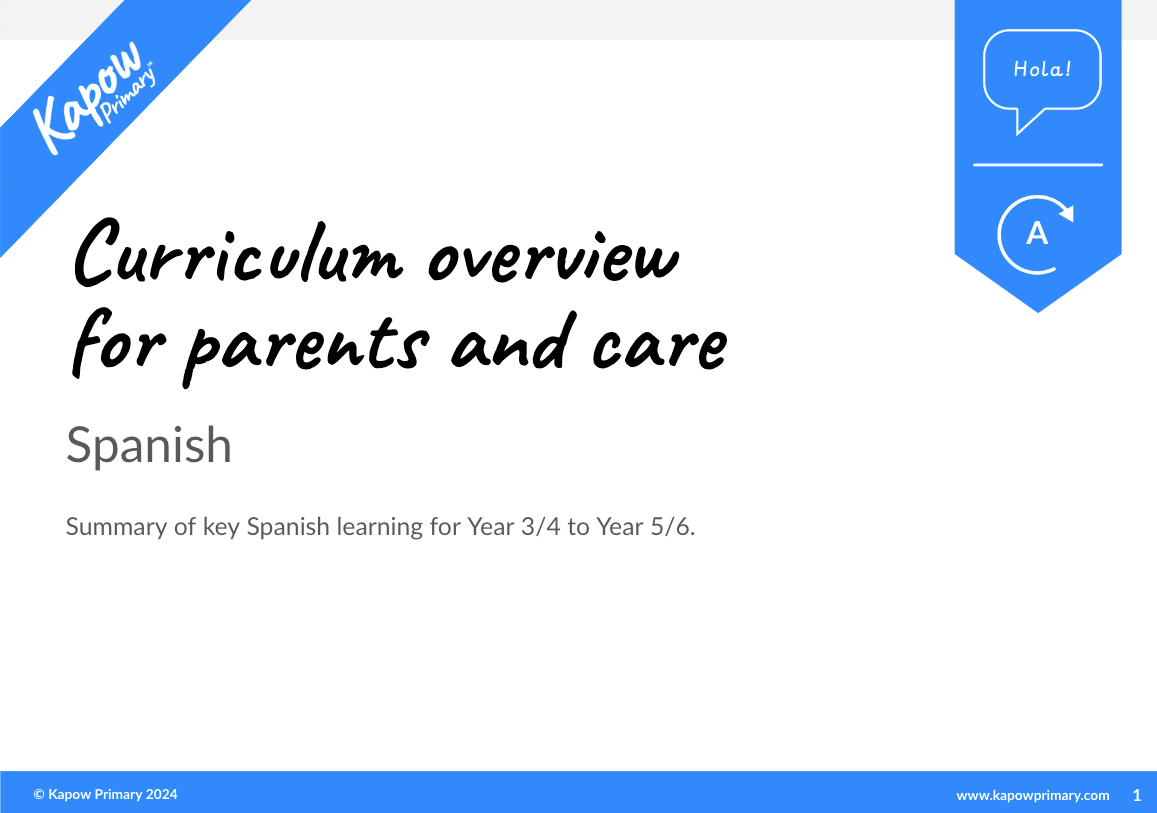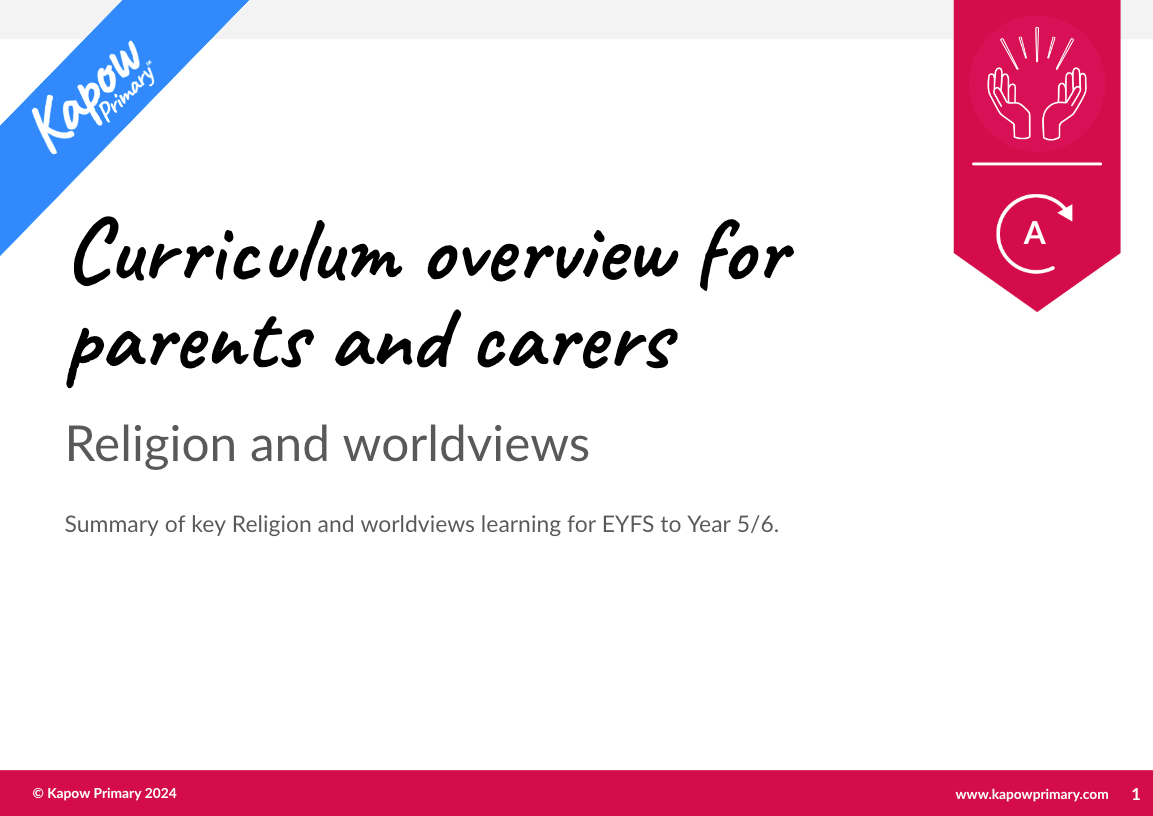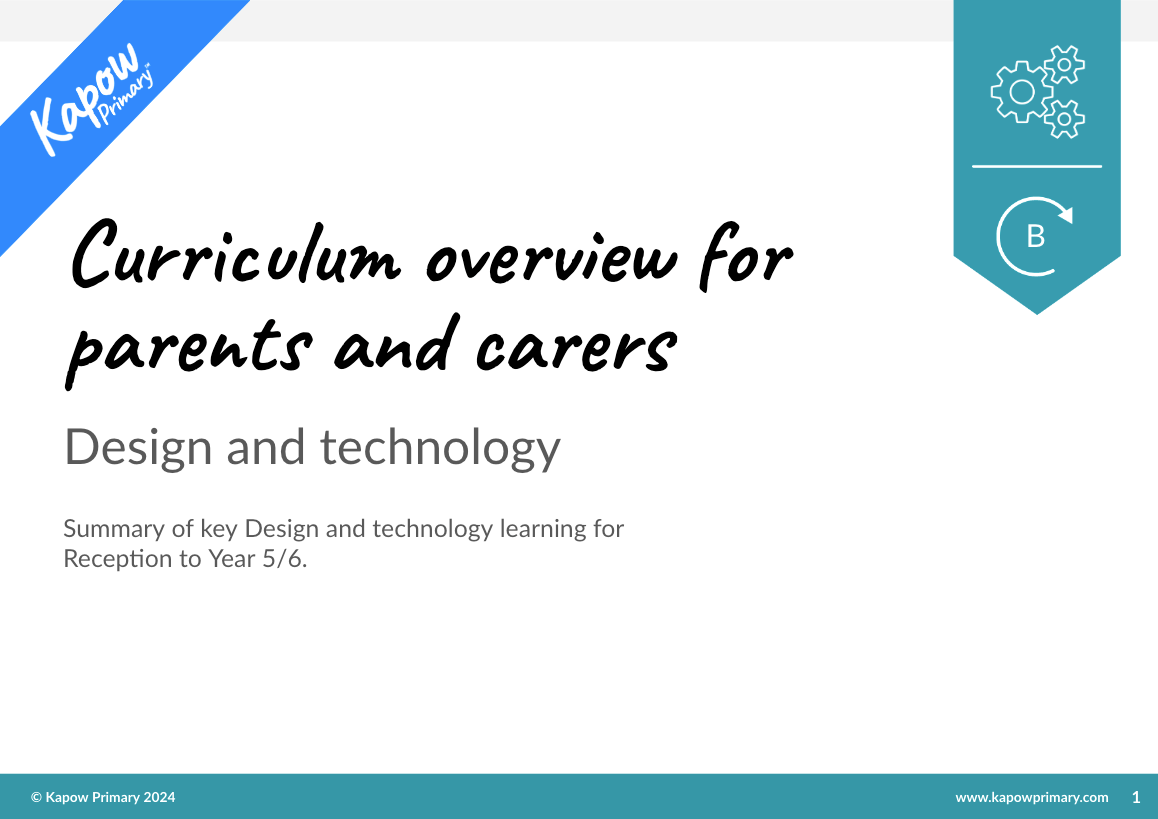year: Year 6
Computing: Curriculum guide for parents and carers – mixed-age (Cycle B)
A curriculum guide for parents and carers which can be published on your school website to show the Computing curriculum.
Computing: Curriculum guide for parents and carers – mixed-age (Cycle A)
A curriculum guide for parents and carers which can be published on your school website to show the Computing curriculum.

